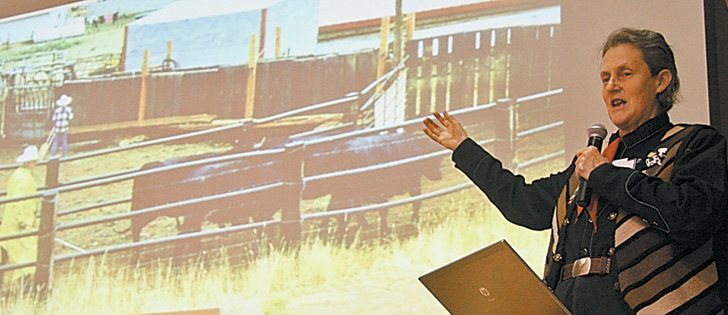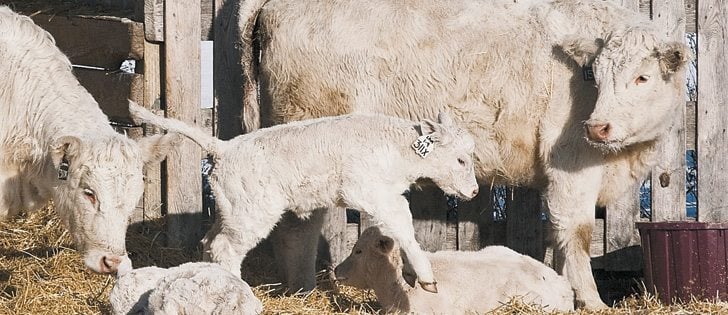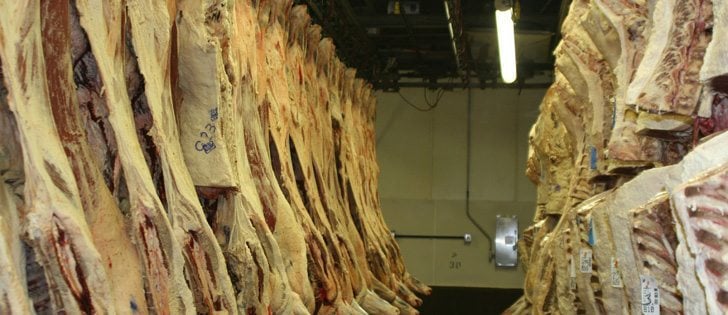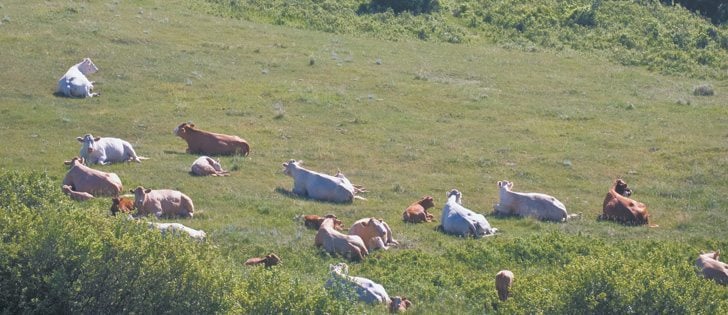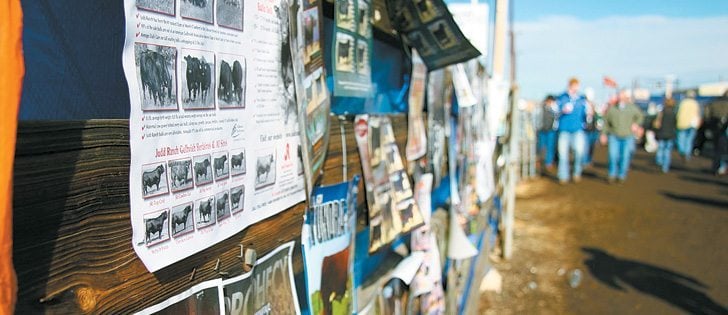FORT ST. JOHN, B.C. — Beef contributes about $600 million to the British Columbia economy, according to preliminary results of a B.C. Cattlemen’s Association study.
A profile of direct and indirect economic spinoffs to the province shows where the industry fits and how more benefits can be derived.
Consulting firm MNP was commissioned by the cattle association to carry out the study. It released early results at the BCCA annual meeting held May 31 to June 2 in this northeastern B.C. community.
“When you start articulating economic impacts, that can bring the whole industry together,” said consultant Andrew Raphael. The industry creates jobs and has social and environmental impacts, although this study is directed at specific economic spinoffs.
Read Also

Charges laid after cattle theft
Saskatchewan RCMP lay two charges against a man after six cattle went missing.
The BSE crisis made producers realize they had to get value from every link in the food processing chain and that every sector, including ranchers, feedlots, and processors must work more closely, said Raphael.
Further studies are expected to survey producers on size and type of herds, what percentage of income is derived from beef production, top annual expenditures, other jobs and retirement plans.
Based on 2010 data, the study found more than $200 million in farm cash receipts, which represents three percent of the total Canadian beef industry. That figure represents eight percent of B.C. farm cash receipts.
Since the study was based on 2010, it is expected those numbers would improve since live cattle prices have achieved near record levels since.
As of July 2011, the herd totalled 650,000, including all beef and dairy animals. Dairy cattle were included in the study because calves and older animals from that sector eventually provide beef to the system. The province produced 260 million pounds of beef in 2010.
The herd has declined and there are fewer producers than five years ago when there were about 7,000 cattle operations. The most recent Statistics Canada release reported about 4,000 cattle operations.
As of July 2011, the provincial breakdown found 60 percent were cow-calf operations, 17 percent were backgrounders, five percent were feedlots and the rest were dairy farms.
The study is also analyzing contributions and spinoffs to other businesses like veterinarians and farm supply centres.
Employee wages in a small community also need to be taken into account, and the beef sector pays about $27 million in federal tax.






